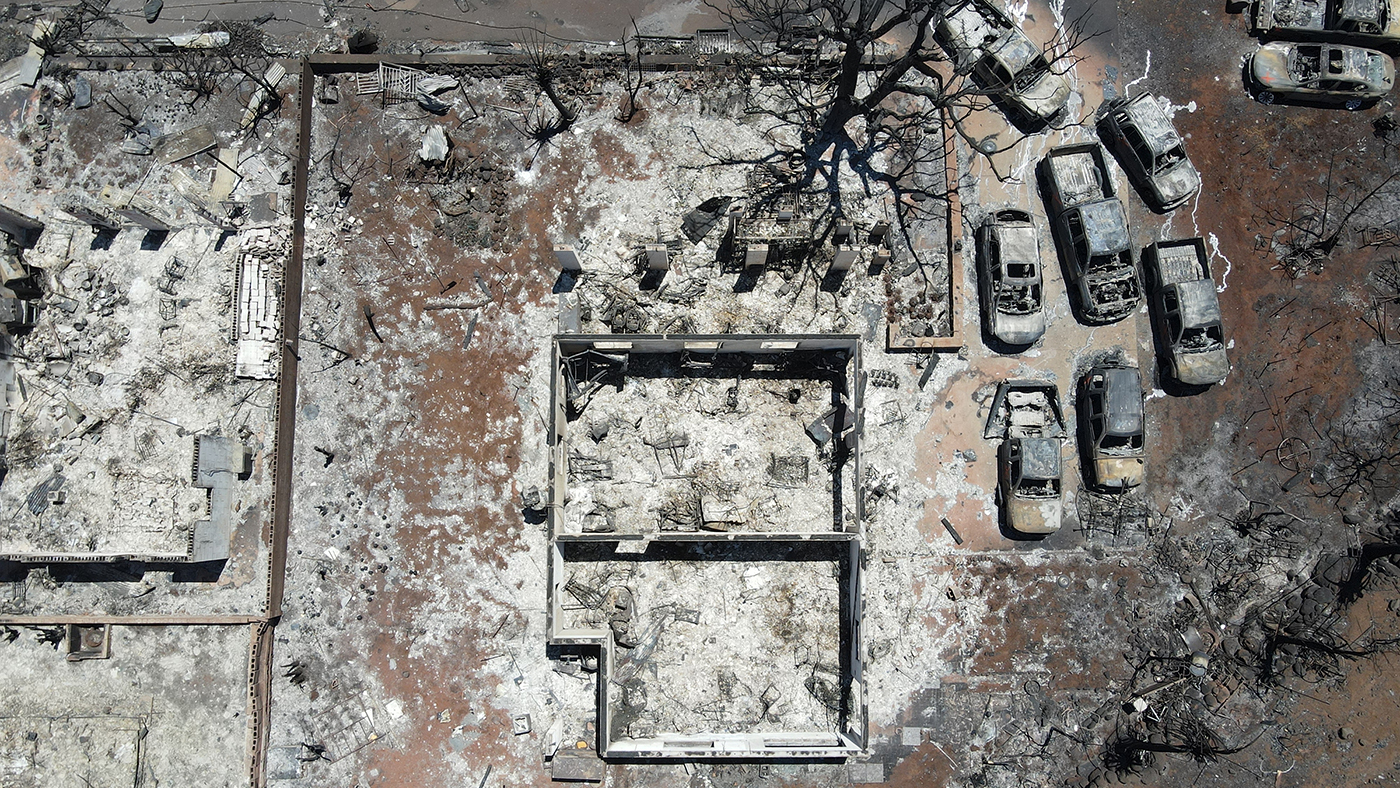Certainly in modern times, this is by far and away the worst Hawaiian wildfire disaster we have seen.
USDA Meteorologist Brad Rippey referring to the recent fires of the Hawaiian islands of Maui and the Big Island of Hawaii. The West Maui wildfire destroyed the historic community of Lahaina and led to dozens of fatalities. The what and how of the spark that ignited the blaze is still being determined. What is certain though is the confluence of complex factors. That created the perfect conditions for the historic wildfire.
Rippey starts with …
If you go back and look at Maui itself, we have seen chronic drought over the last four years and then we also have some invasive grasses that have taken over some of the slopes that are more prone to drying out and burning, another factor behind the wildfires. We did see a couple of very short wet spells as recently as March in May of 2023. And that actually encouraged some vegetation growth grasses and brush that has since dried out during ensuing weeks where we’ve seen relatively dry conditions.
Rippey acknowledges wildfires all the Hawaiian Islands are common in the summer months, but two additional unique factors came together to increase the odds like the West Maui complex would occur.
We had a very strong high pressure system parked over the North Pacific and at the same time, a category four hurricane that is Hurricane Dora passing well south of Hawaii. Neither one of those features by itself would create high enough winds or dry enough conditions to lead to a wildfire disaster. But you put the two together and you put the Hawaiian Islands in the middle, you’ve got a little bit of a squeeze play: high pressure to the north, strong low pressure to the south, and you tighten up that pressure gradient and you bring higher winds across the state of Hawaii right stuck between the middle of those two weather systems that led to 40 to 80 mile per hour winds. Blowing east or west across the Hawaiian Islands.
In addition to the damages and fatalities associated with the West Maui Lahaina fire, other blazes have occurred on the east side of that island.
On the northwest slopes of Haleakala that has been burning toward populated areas nd also has been burning through some agricultural areas. Areas that were once planted to sugarcane had been converted to other crops in recent years. There’s a large number of young citrus orchards on the northwest slopes of Haleakala. They may have been vulnerable to some of these fires as well. And then on the Big Island a couple of fires burning there as well through some farmlands, ranch lands and grasslands across the northern part of the Big Island.
Image courtesy Shutterstock


